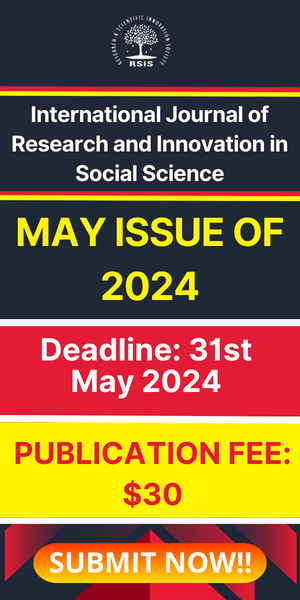A Progress Review on Performance Improvement of Direct Methanol Fuel Cells Using Modified Nafion Membrane
- April 18, 2019
- Posted by: RSIS
- Categories: Electrical and Electronics Engineering, Electronics & Communication Engineering
International Journal of Research and Scientific Innovation (IJRSI) | Volume VI, Issue IV, April 2019 | ISSN 2321–2705
Abhishek S1, Ananya M2, Arpana3, Challa Meghana4, D.V. Manjunatha5
1-4 Eight Semester, UG students, Department of Electronics & Communication Engineering, AIET, Moodbidri, Karnataka, India.
5Professor& Head, Department of Electronics & Communication Engineering, AIET, Moodbidri, Karnataka, India.
Abstract–Proton exchange membranes (PEMs) are important components of fuel cells in which either hydrogen or methanol are used as fuels. In this paper we propose to use methanol as fuel to realize micro direct methanol fuel cells (µDMFC). The membrane electrode assembly (MEA) of µ-DMFC consists of a micro-porous layer which regulates the flow of methanol to the catalyst at the anode, a high efficiency catalyst layer for the generation of protons (H+) from methanol, a high conductance membrane layer for the transfer of protons and a high efficiency catalyst at the cathode for the conversion of oxygen and H+ into water. Simulation results indicate that the cell voltage decreases with increase in membrane thickness from 50 µm to 200 µm.
Keywords: PEM, µDMFC, MEA, Nafion 117
I. INTRODUCTION
The Fuel cells are leading contenders for clean energy generation for variety of applications especially for wearable and portable devices. It is an energy conversion device which converts chemical energy of fuel in to electrical energy. The Direct-Methanol Fuel Cell (DMFC) is a subcategory of proton-exchange fuel cells in which methanol is used as a fuel. The DMFC devices are growing rapidly, recognized internationally and these devices are increasingly finding applications in many types of electronic devices. In recent years there is much demand on portable electronic devices such as cell phones and laptop computers. Therefore various energy storage and conversion systems have emerged in order to provide electrical power for portable devices with mechanical stability and high efficiency as well as environmental benefit and cost-effectiveness. DMFC has lot of advantages, such as low energy consumption, high energy density, simple system, abundant and low-cost fuel, which is easy to carry, storage and supply, and also a long time for power supply. Therefore, DMFC will be the most promising substitute for secondary batteries which are being used widely.


